Choosing the best Bluetooth speaker depends on how and where you plan to use it. Consider your key needs – sound quality, portability, battery life, and durability – to make the right pick. For example, Best Buy recommends focusing on sound quality, portability, and price as top factorsbestbuy.com. A portable speaker built for outdoor use will emphasize ruggedness and long battery life, while a home speaker might focus more on audio fidelity en.wikipedia.org bestbuy.com. Keep these priorities in mind for a speaker that truly fits your needs.
Table of Contents
- Key Factors to Consider
- Choosing by Use Case
- Feature Comparison Table
- Frequently Asked Questions
Key Factors to Consider
When evaluating Bluetooth speakers, ask yourself: What will I use it for? Whether it’s outdoor adventures, home listening, or travel, different uses demand different features. In general, check for these main factors:
- Sound Quality & Volume: Look for clear, balanced audio across bass, mids, and highs. Speakers with multiple drivers or good frequency response (typically 20Hz–20kHz) usually offer better clarity and loudness bestbuy.com thehouseofmarley.com.
- Battery Life: A longer battery means more listening time. For most users, 10+ hours is a good baseline; power banks that run 15–20 hours let you enjoy music all day thehouseofmarley.com thehouseofmarley.com.
- Portability: How easy is it to carry or mount? Consider size, weight, and any straps or clips. A compact speaker is better for travel or hiking thehouseofmarley.com.
- Durability & Waterproofing: If you’ll use it outdoors or near water, check the IP rating (e.g. IP67/IP68 means dustproof and waterproof) thehouseofmarley.com. Rugged metal or rubber builds resist drops and moistureen.wikipedia.org.
- Connectivity: Most use Bluetooth 5.0 or newer for stable range and quality . Also note if it has aux inputs, NFC pairing, or can connect to multiple devices or speakers at once.
- Additional Features: Extras like built-in microphones, stereo pairing, or voice assistant support can add value. Decide which you’ll actually use.
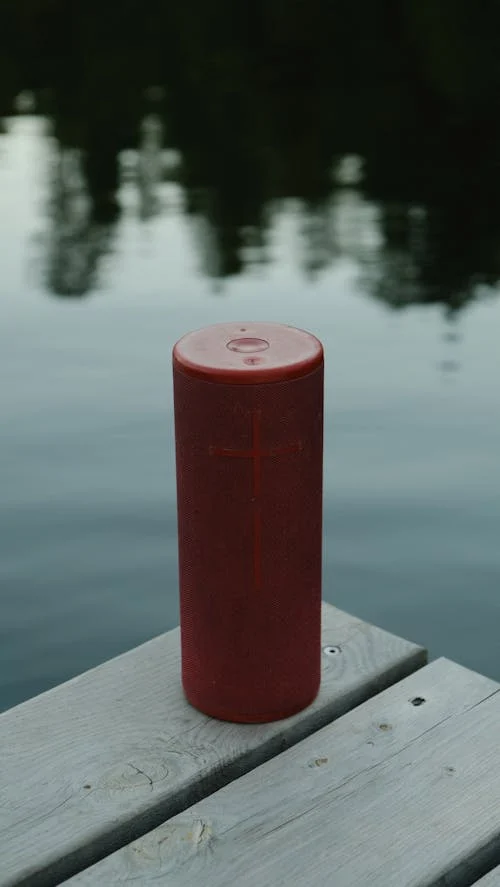
Each of these features carries different weight depending on use. For example, hikers and campers might prioritize battery life and waterproofing, while home users may care more about sound clarity and stereo pairing. Start by listing what matters most for your situation.
Sound Quality and Volume
Sound is often the most important factor. Speakers with multiple audio drivers or even a subwoofer/passthrough radiator can produce more bass and a fuller soundstage bestbuy.com. Look for reviews or specifications that mention low distortion at high volume. If you love bass-heavy music, a speaker with enhanced bass (or a dedicated bass radiator) will impress. Conversely, if you mostly listen to podcasts or classical music, clarity and balance matter more than sheer volume bestbuy.com.
Tip: Try to listen in person or read expert reviews of sound performance. A speaker that can fill a room at moderate volume without distortion is often a safe bet.
Battery Life and Charging
Battery life can make or break the experience, especially on the go. Most portable Bluetooth speakers offer 8–15 hours per charge, but premium models can exceed 20 hours thehouseofmarley.com. Consider how long you’ll be away from a charger: for day trips, 10 hours may suffice, but for multi-day camping or travel, look for 20+ hours Also note the charging method – modern USB-C charging is faster, and some speakers even allow charging other devices like phones via USB output.
Durability and Waterproofing
If you use the speaker in rugged conditions, durability is key. Waterproof or splashproof models have IPX5, IPX7, or higher ratings. For beach, pool, or shower use, IP67/IP68 (waterproof and dustproof) is ideal Many Bluetooth speakers also have toughened exteriors or rubber bumpers to survive drops. In fact, portable outdoor speakers are generally built for ruggedness and battery lifeen.wikipedia.org. For example, a red JBL-style speaker with an IP67 rating can safely go on hikes or by the lake without worry.
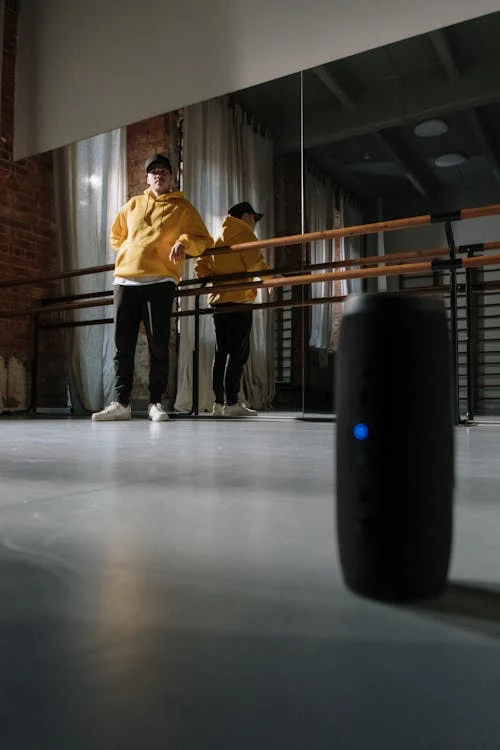
Portability and Design
Size and weight determine portability. If you carry the speaker in a backpack or hand, a compact, lightweight model is preferable. Some are small enough to hang on a bike or backpack with a carabiner. However, tiny speakers usually trade off battery size and sound volume. As House of Marley notes, “the best Bluetooth speaker isn’t always the biggest” – smaller units are easier to throw in a bagthehouseofmarley.com. Consider also the overall design and build quality: a solid, well-built speaker will survive accidental knocks. Aesthetics can matter too if you care about style – some speakers use metal, fabric, or wood finishes for a premium look.
Connectivity and Features
Check which Bluetooth version the speaker uses. Newer versions (like Bluetooth 5.0+) generally provide longer range (up to ~800 ft in open space) and more stable audiothehouseofmarley.com. If you plan to connect multiple devices, see if it supports multi-point pairing. Some speakers also offer NFC tap-to-pair or apps for custom EQ settings. If you want a home assistant (Alexa, Google), you may choose a smart speaker with voice control – but that’s beyond a standard Bluetooth speaker.
In summary, match features to your use-case. For instance:
- Travel/Commute: prioritize small size and battery life.
- Outdoor/Adventure: prioritize waterproofing and ruggedness.
- Home/Party: prioritize sound power and extras (stereo pairing, lights).
- Office/Bedroom: prioritize compactness and moderate sound with good clarity.
Choosing by Use Case
Different scenarios call for different speaker strengths. Here’s how to tailor your choice:
- Outdoor Adventures: Choose a fully waterproof, shock-resistant model. Look for an IP67/IP68 rating and long battery life thehouseofmarley.com en.wikipedia.org. For example, a speaker like the JBL Clip or UE Roll (with a strap and rugged build) is ideal. These small speakers can hang from your bag or tent and still pump up good sound.
- Beach or Pool Use: Waterproofing is a must (often IPX7 or higher). Saltwater can be tough on electronics, so corrosion-resistant designs help. Loud volume helps in open air – consider a mid-size “rugged party speaker” if you often gather at the lake.thehouseofmarley.com
- Home Parties and Indoors: Sound quality and loudness take priority. A larger speaker (perhaps with multiple drivers) will fill a room. Look for models marketed as “party speakers” or “home audio” with deep bass and stereo capabilities bestbuy.com. An example is a black speaker on a shelf delivering stereo audio. Since indoors you won’t need water resistance, focus instead on sound clarity and volume control.
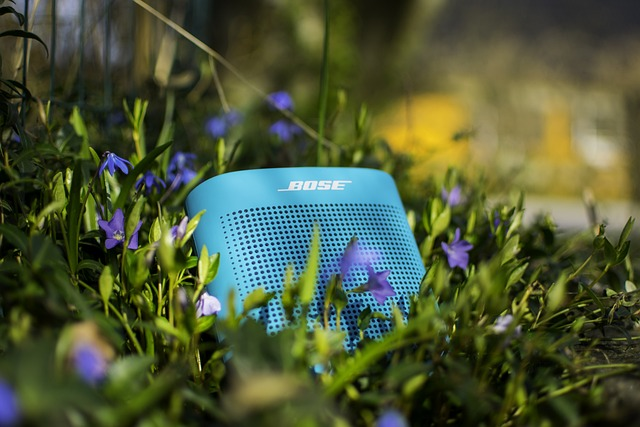
- Travel and Commuting: You want a small, lightweight speaker that still has decent volume. Many clip-on or pocket-sized speakers fit this need. Battery life is also key – a busy commuter might prefer 10–15 hours. Some travel-friendly speakers also double as a power bank for phones.
- Office or Bedroom: If you want background music at a desk, a compact speaker with moderate volume is fine. Some even have a nightlight or alarm features. Clarity is more important here than booming bass.
Matching your primary use case to the speaker’s design will help narrow choices. In bullet form:
- Use case: Outdoor or camping – Needs: IP67/IP68 waterproof, durable build, long battery, moderate volume.
- Use case: Indoor/home – Needs: High-fidelity sound, stereo pairing, large drivers, moderate battery.
- Use case: Travel/commute – Needs: Compact size, carabiner or strap, 10–15h battery, decent volume.
- Use case: Parties – Needs: Loudest volume, rich bass, possibly multiple speakers synced, and durable design.
Real-world example: A speaker like this small red one on a tree is perfect for hiking – it’s waterproof, hangs easily, and lasts many hours thehouseofmarley.com. For a backyard party, a bigger black JBL-style speaker with heavy bass and party lights might be better.

Feature Comparison Table
The table below summarizes key speaker features and what to look for in each case:
| Feature | What to Look For | Ideal For |
|---|---|---|
| Sound Quality | Multiple drivers, wide frequency range (20Hz–20kHz) thehouseofmarley.com | Music lovers, home audio |
| Volume (Loudness) | High wattage or high dB output | Parties, outdoor gatherings |
| Battery Life | 10–20+ hours | Travel, camping, all-day usethehouseofmarley.com |
| Waterproof Rating | IPX7, IP67 or IP68 for full water resistancethehouseofmarley.com | Beach, pool, shower, outdoor use |
| Portability | Lightweight, compact, strap or clip | Hiking, commuting, travelthehouseofmarley.com |
| Bluetooth Version | Latest (e.g., Bluetooth 5.0+) for range and stabilitythehouseofmarley.com | Any use (better connectivity) |
| Extra Features | Stereo pairing, microphone, lighting, app support | Advanced usage (parties, smart home) |
This comparison helps visualize which features matter most. For example, waterproofing gets a high priority for outdoors, while stereo pairing might be a bonus for indoor setups.
By balancing these features against your needs and budget, you can pinpoint the best Bluetooth speaker. Remember to read reviews or specs to confirm that a model meets your top requirements (e.g. if you need IP67, check it’s actually rated for that).
Share this Guide: Help others pick the right speaker by sharing this post on social media.
Read More Articles: Explore our audio and tech buying guides for more tips and comparisons.
Download PDF: Save this guide as a PDF to review when shopping offline.
Frequently Asked Questions
What are the most important factors when choosing a Bluetooth speaker?
The key factors are sound quality, battery life, portability, and durability. In general, you’ll want clear, balanced audio and enough loudness for your needsbestbuy.com. Battery life should match how you use it (at least 10 hours for day trips, more for extended use). Portability and waterproofing depend on your lifestyle – if you go outdoors often, choose a waterproof, rugged design. Essentially, match the speaker’s features to your primary use bestbuy.com en.wikipedia.org.
How important is battery life in a Bluetooth speaker?
Battery life is crucial for wireless speakers. A longer battery lets you listen without frequent recharging. Most portable speakers offer 8–15 hours, but some boast 20+ hours for all-day use thehouseofmarley.com. If you need music for long trips or outdoor activities, prioritize battery life. For casual home use, moderate battery life is okay since you can recharge between sessions.
Do I need a waterproof Bluetooth speaker?
If you plan to use the speaker near water (beach, pool, shower) or outdoors in unpredictable weather, a waterproof model is highly recommended. Speakers with IPX7, IP67, or IP68 ratings can handle splashes or even being submerged thehouseofmarley.com. Even a simple rain shower or spilled drink won’t damage a well-protected speaker. If you only use the speaker indoors, waterproofing is less critical.
Can I connect a Bluetooth speaker to any device?
Most Bluetooth speakers work with any Bluetooth-enabled device – phones, tablets, laptops, etc. Bluetooth is a standard wireless audio connection, so compatibility is broad. Ensure your device supports the Bluetooth version of the speaker (most are backward-compatible). Some speakers also have an aux-in port for wired connection if needed. In short, you can connect smartphones, PCs, and even some TVs or cars to a Bluetooth speaker with ease.
Are more expensive Bluetooth speakers always better?
Not necessarily. Higher price often means better sound components, longer battery, or premium features, but the “best” speaker depends on matching features to your needs. You can find affordable speakers with excellent battery life and waterproofing. Always check reviews and specs. For example, a mid-priced speaker might have all the features you need (good sound, 12h battery, IPX7) without the high price tag. Focus on value: what features do you get per dollar.
How do I connect multiple Bluetooth speakers?
Some Bluetooth speakers support pairing multiple units for stereo sound or louder output. This is often called “Party Mode” or “Stereo Pairing”. To use it, both speakers should be the same model (or compatible) and follow the manufacturer’s pairing instructions. If you plan to play music in stereo, look for speakers that explicitly mention multi-speaker pairing. Otherwise, most speakers simply connect to one device at a time.
What Bluetooth version should I look for in a speaker?
Bluetooth 5.0 or higher is recommended because it offers better range (often up to ~30 meters or more) and stable connectionsthehouseofmarley.com. It also consumes less power. However, even older versions (like 4.2) work fine for most music listening; the difference is usually in range and battery efficiency. If range and future-proofing matter to you, go with Bluetooth 5.x.ls
What are the Best Bluetooth Speakers with Extra Connectivity Options (AUX, USB, Wi-Fi & More)?
https://www.electroshoping.com/2025/05/07/extra-connectivity/Read More—>
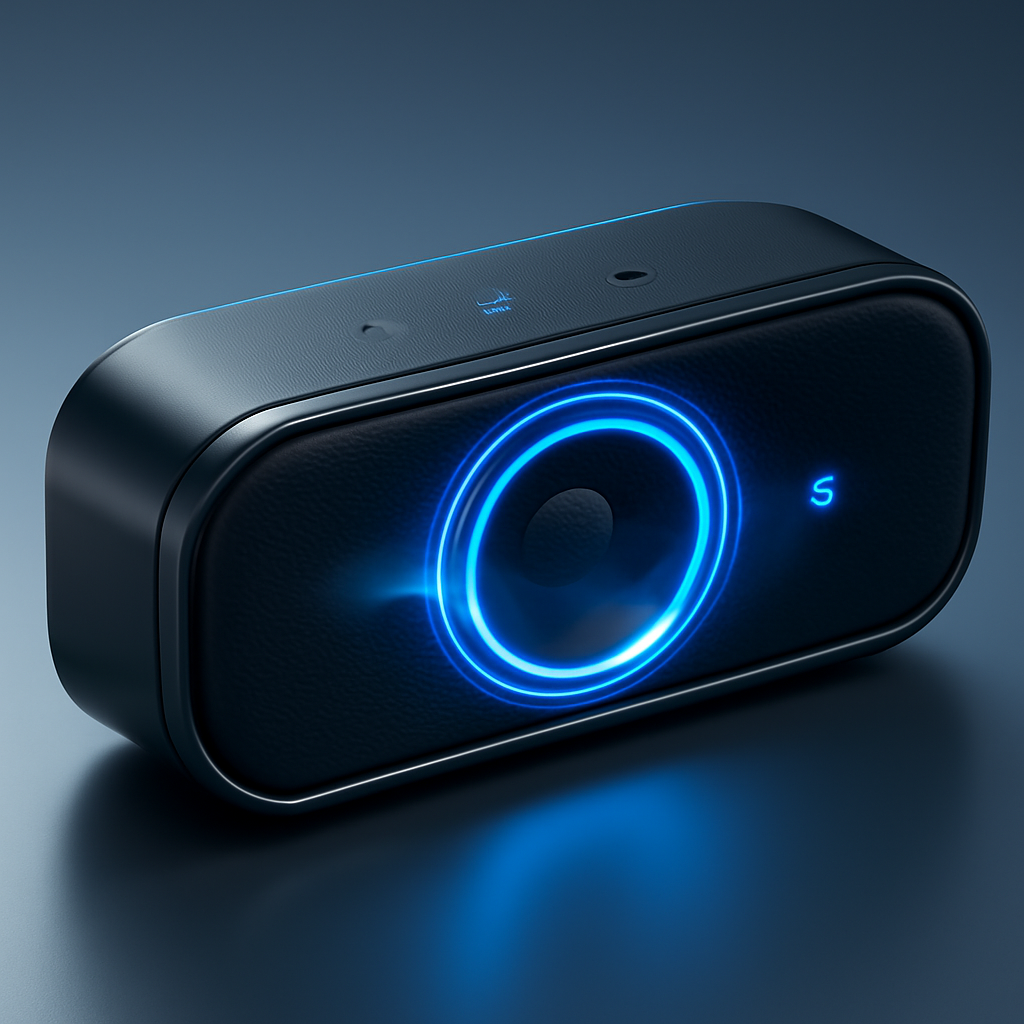
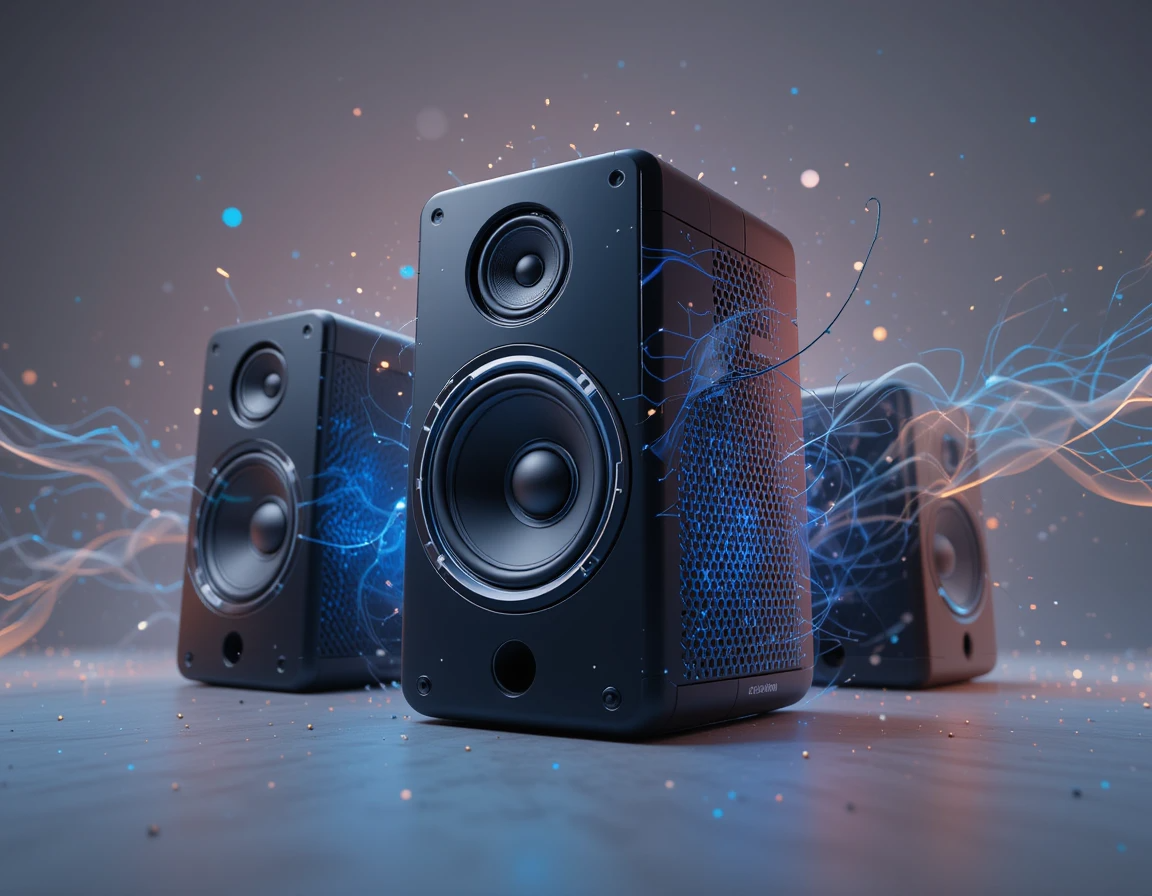
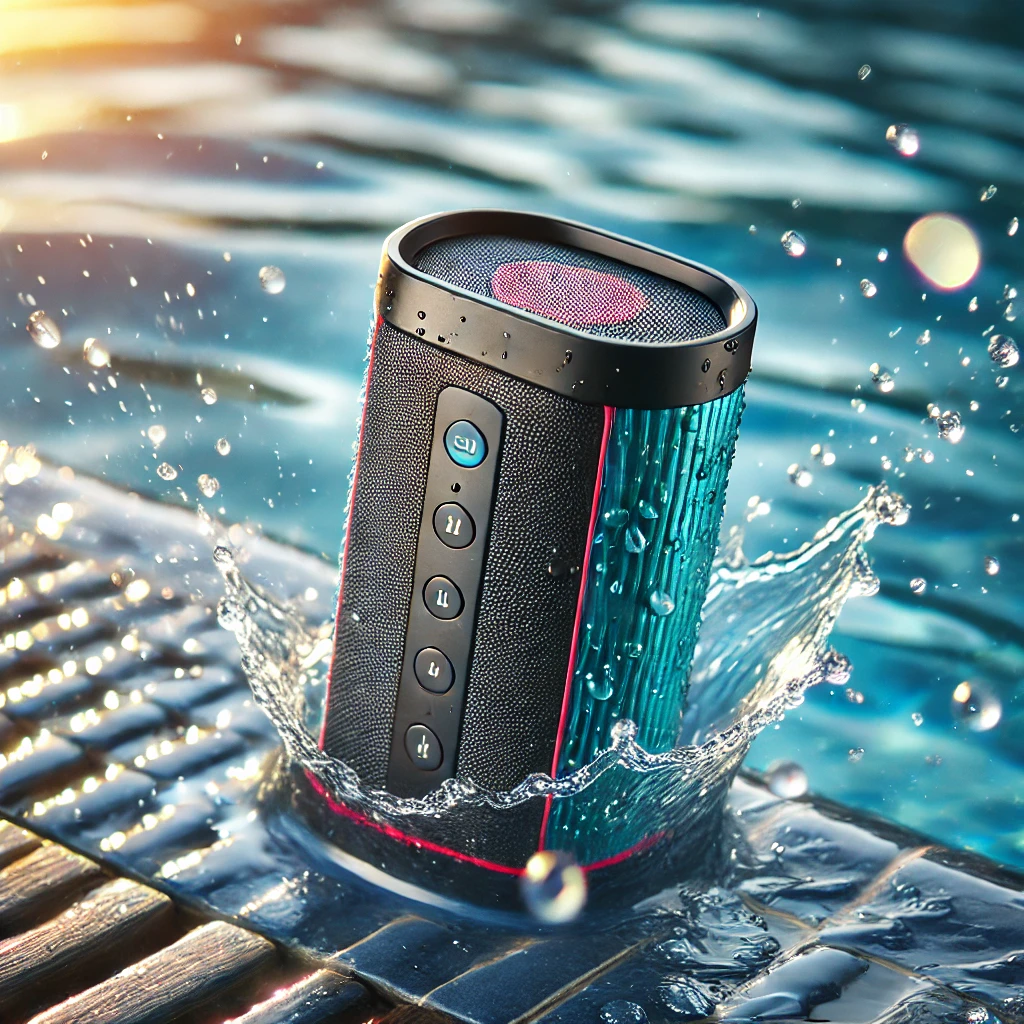

One thought on “How to Choose the Best Bluetooth Speaker for Your Needs”